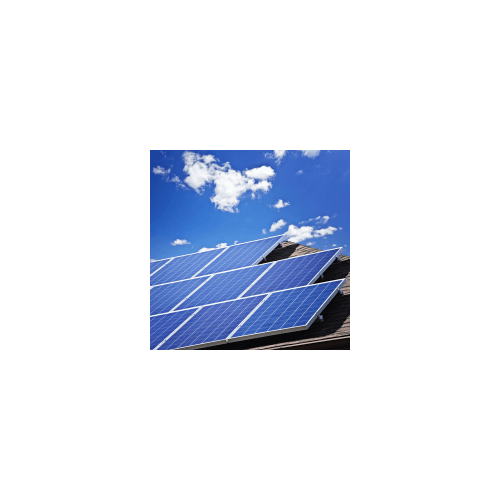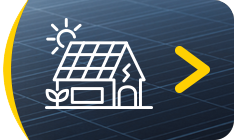- 27 Sep, 2017
- Solar Training , Myths & Facts , Definitions

Choosing a solar panel requires you to chose a certain type of solar cells. The choice between monocrystalline and polycrystalline cells involves many factors. You can find a lot of false information online, so we tried to debunk some of the myths surrounding the difference between the two cell types for you to make an informed decision.
How to choose between polycrystalline and monocrystalline cells?
1. MONOCRYSTALLINE SOLAR PANELS ARE MORE PERFORMING THAN POLYCRYSTALLINE
FALSE monocrystalline panels do have a higher efficiency than polycrystalline ones with equal surface area. But on the other hand, they have a higher temperature coefficient, which makes them less efficient in regions with high temperature variations. Your choice between the two panel types must therefore also be guided by the type of climate of the installation area. Moreover, the battle between these two types of solar panels tends to make us forget the importance of the manufacturer; focus on suppliers who control end-to-end panel production and whatever the type of panel you choose, pay attention to its performance ratio, which should ideally be between 85% and 90%.
2. POLYCRYSTALLINE PANELS ARE LESS EXPENSIVE
TRUE : The price difference is due to a difference in the cost of production. Your budget will obviously be a determining factor of your choice. However no scruples for the small budgets to choose the polycrystalline cells that can very well suit certain types of installation.
3. MONOCRYSTALLINE WORKS WELL WITH DIFFUSE RADIATION
TRUE : This is one of its main advantages over the polycrystalline; you will get a good performance under rising or setting sun. It also makes these panels more suitable for low-slope roofing, particularly in certain South areas.
4. MONOCRYSTALLINE CELLS AGE FASTER
FALSE : there is no noticeable difference in aging between the two types of cells. The differences between the two types of solar panels are mainly to be found at the level of the type of manufacture.
5.THE TWO TYPES OF CELLS DIMINISH IN THE SAME WAY MY ECOLOGICAL FOOTPRINT
FALSE : If both types of panels are actually granted as renewable energies producers, polycrystalline panels require 2 to 3 times less energy for their construction and produce very little waste. Their ecological impact is thus less important.










